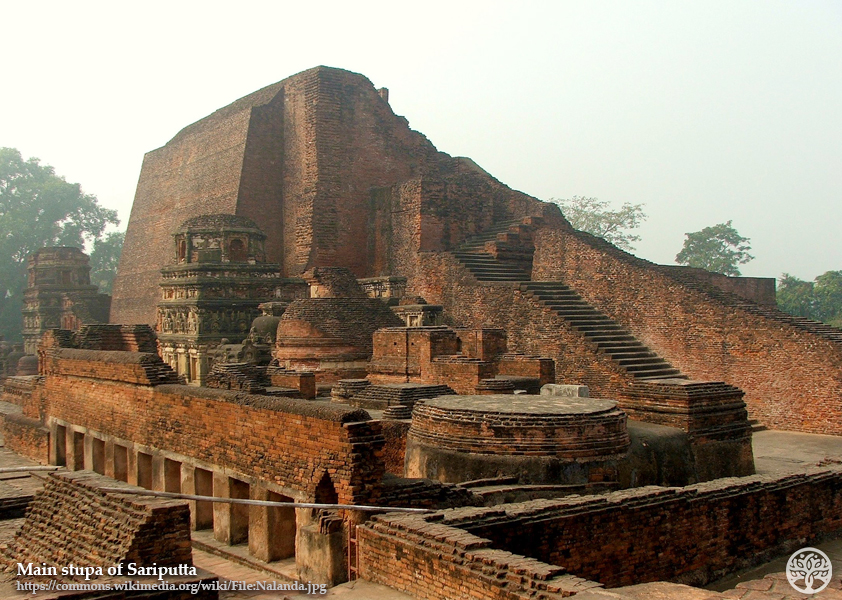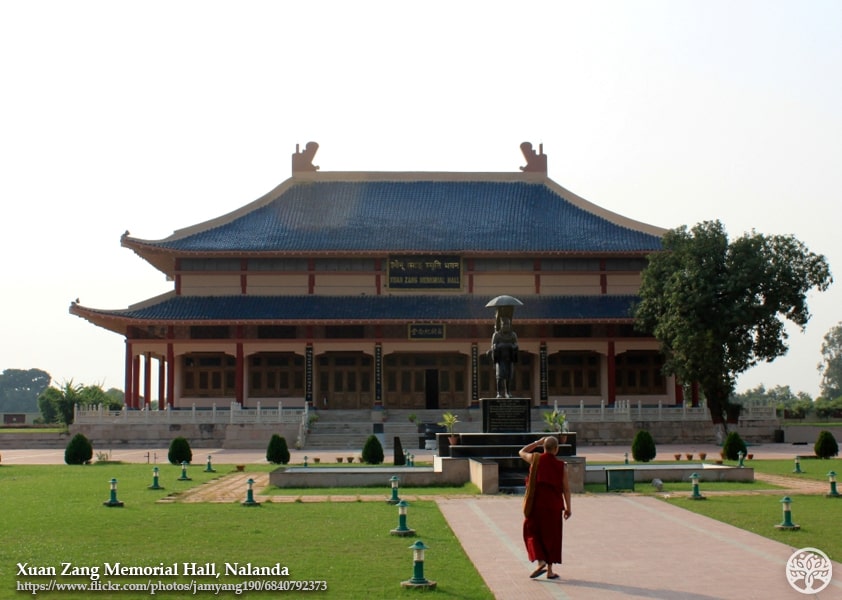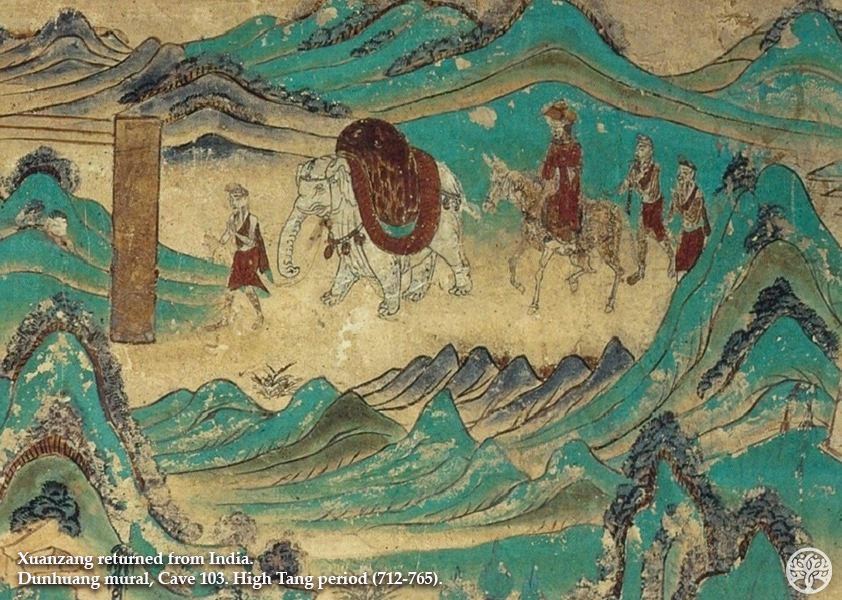
The Ancient Buddhist Site - Nalanda
BODHI ADMIN - Posted on February 21, 2020 - 2,469 Views
The Ancient University of Nalanda is one of the earliest universities in the world. Believed to have been started as a mahavihara (great Buddhist monastery) during the Gupta Empire (3rd century CE to 543 CE). The world-renowned university-town was the first residential educational institution in the world, and had as many as 9 million books, 10,000 students and 2000 teachers during its heyday. It was a supreme centre of learning, between the 5th and the 12th century. Now a World Heritage Site, Nalanda is spread over an area of 14 hectares, and the excavations reveal the extensive remains of 11 monasteries and five temples, with verandahs, quadrangular courts, a shrine to house a large image of Buddha, and niches in the walls studded with small, exquisite Buddha images.
It was a supreme centre of learning, between the 5th and the 12th century. Now a World Heritage Site, Nalanda is spread over an area of 14 hectares, and the excavations reveal the extensive remains of 11 monasteries and five temples, with verandahs, quadrangular courts, a shrine to house a large image of Buddha, and niches in the walls studded with small, exquisite Buddha images.
Buddha was known to have visited Nalanda when it was a small village. One of Buddha's most learned disciples, Sariputra, who had an important place in the Sangha, was believed to be born in the vincinity of Nalanda .
Sariputra was one of the two chief disciples of the Buddha. According to traditions, Sariputra was considered to be foremost in wisdom amongst the Buddha’s disciples. Often, he would represent the Buddha in giving teachings. Sariputra’s ability to teach the Dharma garnered him the title of “General of the Dharma”. The Sariputra Stupa was built by Empereor Ashoka, in memory of Sariputra. It is easily the most impressive structure, with its grand shrine chamber that once housed a huge image of the Buddha, the impressive corner towers, and the beauteous stucco images of Buddha and the Bodhisattvas, on the walls.
The Sariputra Stupa was built by Empereor Ashoka, in memory of Sariputra. It is easily the most impressive structure, with its grand shrine chamber that once housed a huge image of the Buddha, the impressive corner towers, and the beauteous stucco images of Buddha and the Bodhisattvas, on the walls.
The Chinese traveller Xuan Zang and his disciple Hui Li, both studied at this great institution in the 6th and 7th century and left behind detailed descriptions. They mentioned that admission was very tough, and only two out of every ten eminent scholars were selected. These scholars came from many countries like Java, Korea, China, Japan and Sri Lanka. Possibly the most famous of the hundreds of Chinese Buddhist pilgrims who visited India in search of Buddhist teachings during the ancient times, Xuan Zang (602-664 CE) was born during the Sui-Tang Dynasties of ancient China. He overcame numerous obstacles to reach India and brought back many Buddhist manuscripts back to China for translation.
Possibly the most famous of the hundreds of Chinese Buddhist pilgrims who visited India in search of Buddhist teachings during the ancient times, Xuan Zang (602-664 CE) was born during the Sui-Tang Dynasties of ancient China. He overcame numerous obstacles to reach India and brought back many Buddhist manuscripts back to China for translation.
Xuan Zang spent many years in India before returning to China in 645 CE. Back home, Xuan Zang spent his remaining years translating the sutras into Chinese. His exploits to India were later immortalised in the Chinese classic “Journey to the West”. The Nalanda Varsity was noted for its vibrant and modernistic system of education, including the art of debate and public speaking. Many reputed Indian scholars emanated from this varsity, like Nagarjuna, Aryabhatta. They later went to Tibet and other places, spreading the teachings of the Buddha. Emissaries came from around the world, with big donations for the varsity.
The Nalanda Varsity was noted for its vibrant and modernistic system of education, including the art of debate and public speaking. Many reputed Indian scholars emanated from this varsity, like Nagarjuna, Aryabhatta. They later went to Tibet and other places, spreading the teachings of the Buddha. Emissaries came from around the world, with big donations for the varsity.
The varsity was destroyed in the 12th century and was resurrected after numerous excavations established in Nalanda, which does important research on Pali and Buddhist studies. The Archaelogical Survey of India also opened a Museum, right across the main entrance of the varsity. It has some exquisite bronzes of the 9th and 10th centuries, as well as many arresting artefacts from the excavations.
As in the other Buddhist sites, there are temples from other Buddhist countries in Nalanda, including Thailand.
Interested in visiting the holy sites of the Buddha’s birthplace? Talk to us now!
- 9D8N India - Buddhist Circuit Tourist Train Package
- 12D11N India - Walk the Buddha Path
Email: [email protected] | Whatsapp: +65 8751 4833
MORE ARTICLES: Four Sacred Buddhist Sites (I)
MORE ARTICLES: 5 Facts about Shuang Lin Monastery
MORE ARTICLES: Om Mani Padme Hum




